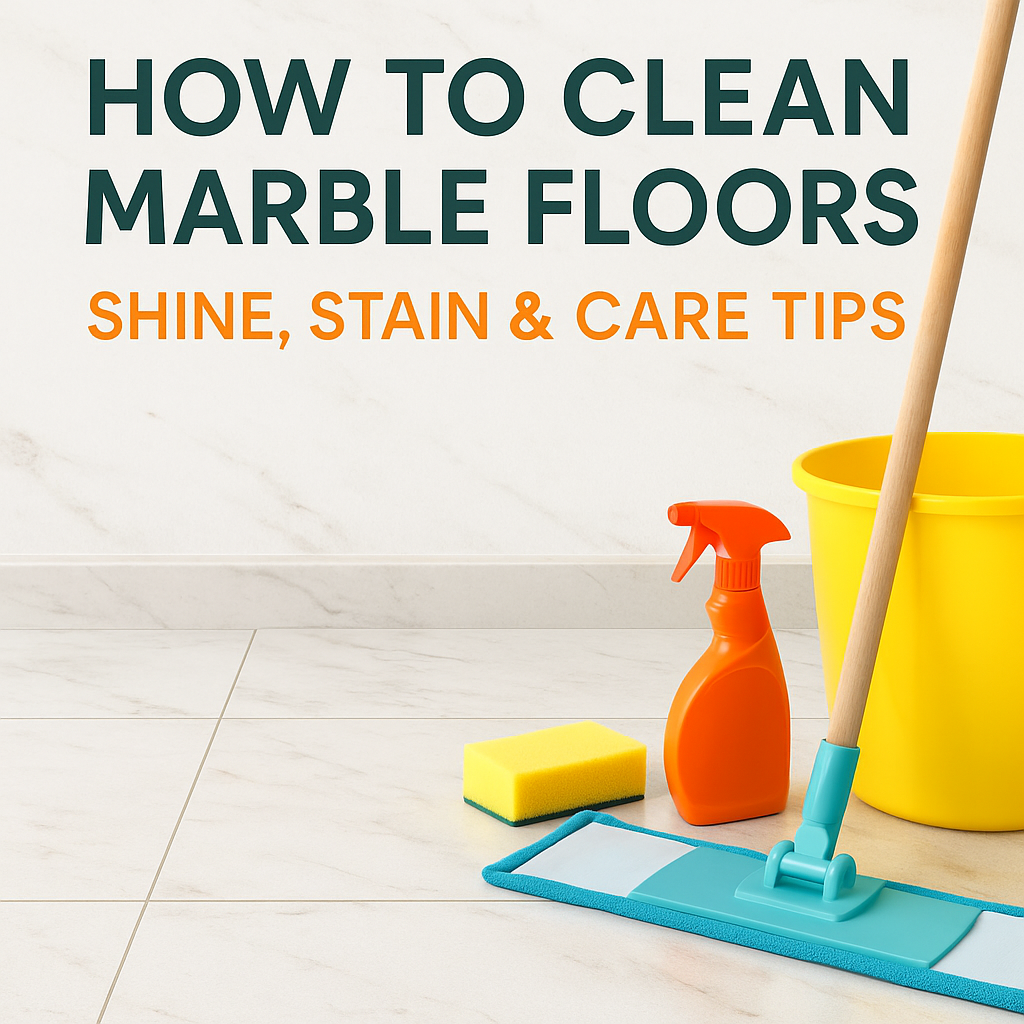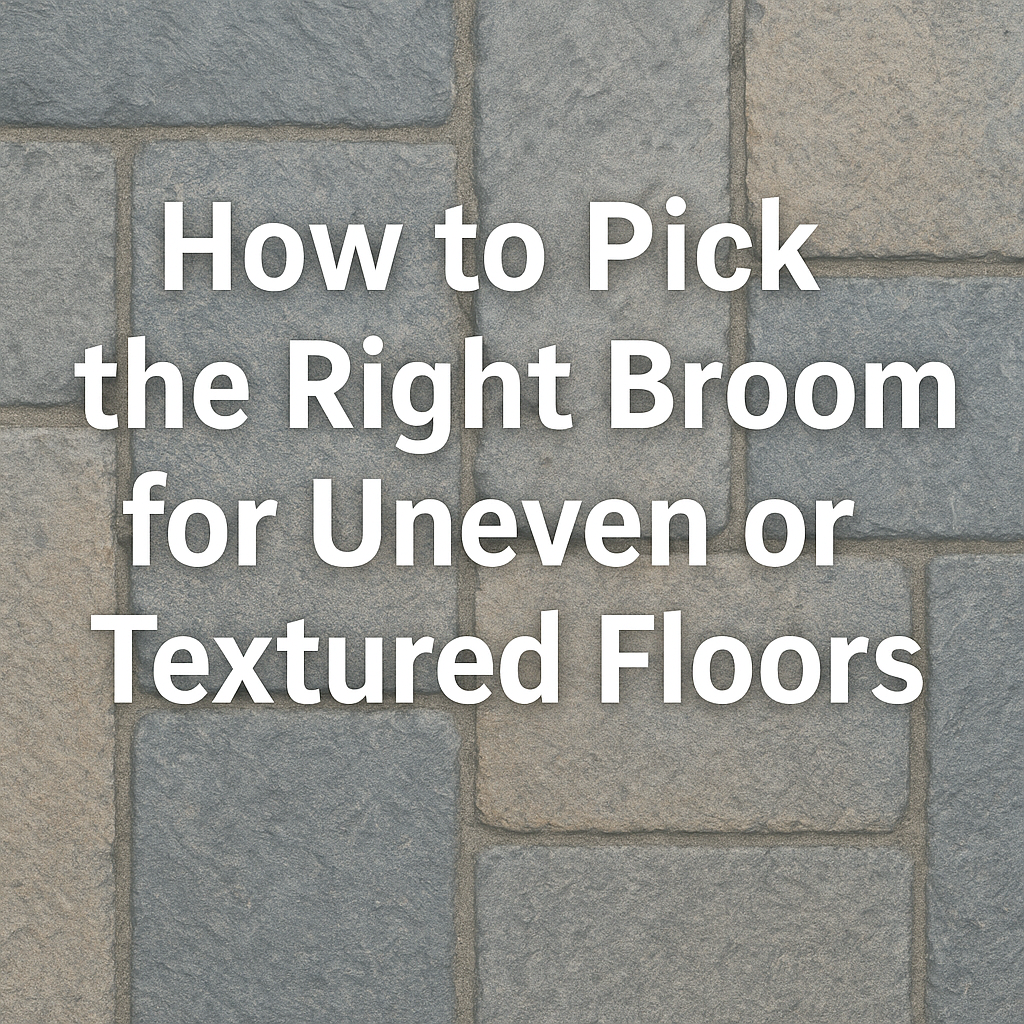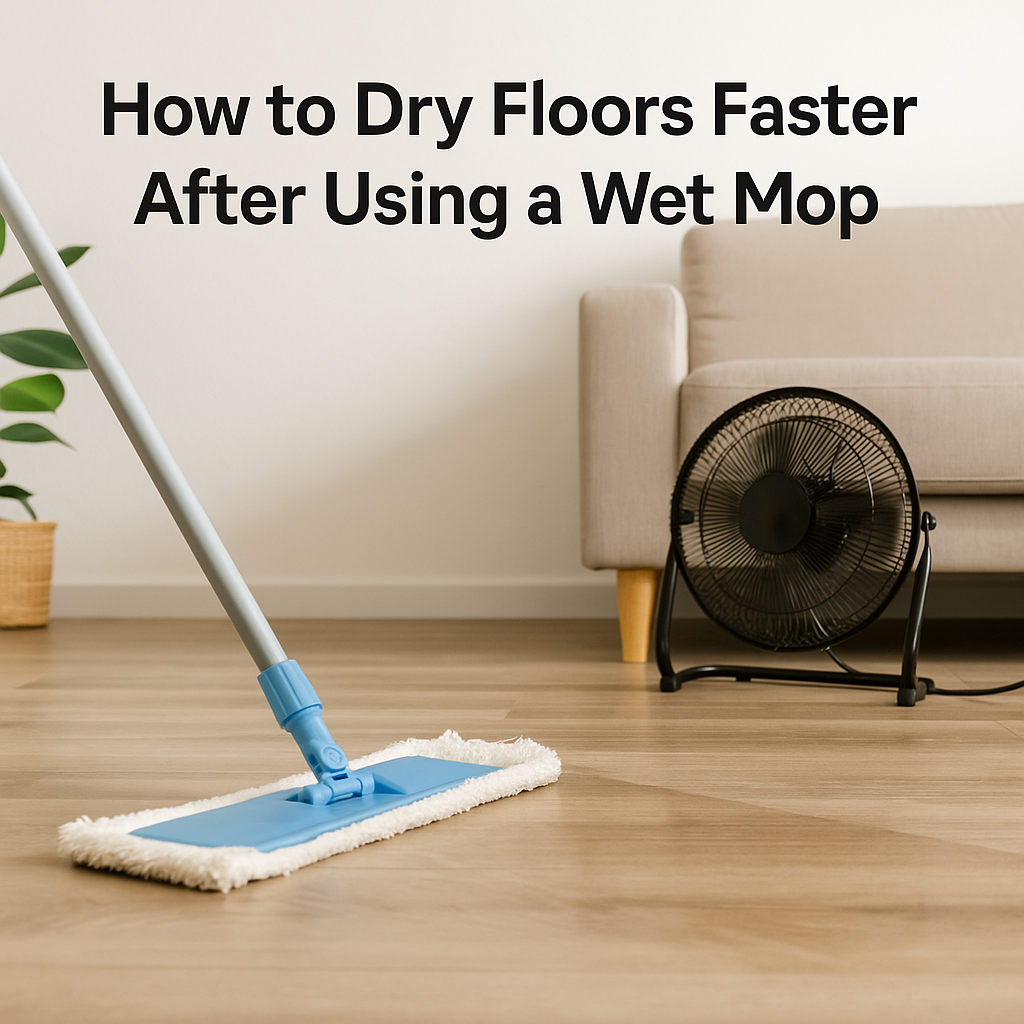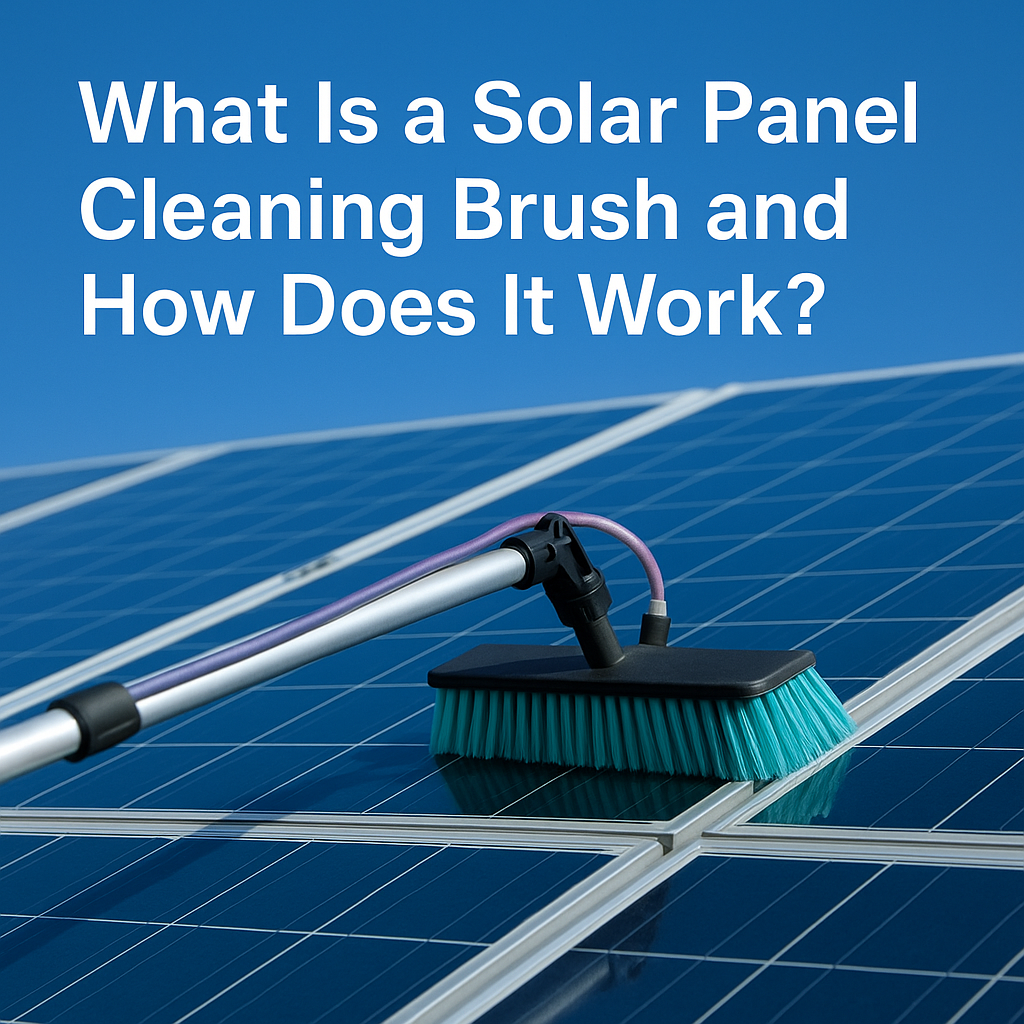Marble floors add a clean, sleek look to any space, but they need proper care. Unlike ceramic or vinyl, marble is a porous stone. It reacts to acid, moisture, and harsh chemicals, so following the right marble cleaning tips is essential to prevent stains and dull spots.
Here’s a step-by-step guide on how to clean marble floors using the right cleaning tools and keep them shiny, without damaging the surface.
Dust and Dry Mop Weekly
Wondering how to clean marble floors the right way? Start with dry dusting. Use a microfiber mop or a dry dust mop to lift dirt and grit from the surface. Avoid using vacuum cleaners with rotating brushes, as they can scratch the floor.
Dry dusting once or twice a week helps preserve the finish and prevents dirt buildup. Focus on corners, under furniture, and high-traffic spots.
Tools that work well:
-
Soft push brooms (no hard bristles)
Avoid rough brushes or anything with stiff plastic edges.
Don’t Use Polish on Marble Floors
Polishing marble floors might seem like a good idea, but most floor polishes are made for wood or tiles. These can make marble extremely slippery and leave a sticky layer that dulls the natural shine over time.
Instead of polish, use a clean microfiber towel or chamois cloth to buff the surface. Buffing by hand or with a soft rotating head helps bring out the stone’s natural glow.
If you still want extra shine, try a safe home remedy (explained below) or consult a marble care expert.
How to Make Marble Floors Shine Naturally
To make up your dull marble floors shine without causing harm, make a light paste of baking soda and water (equal parts). Gently apply it on the surface, let it dry completely, then wipe clean with a damp microfiber cloth.
This method gently lifts residue and helps make your marble floors shine without using store-bought polish. Don’t scrub hard, and avoid using it more than once a month. Overuse can wear down the surface.
Clean Spills Right Away
Marble can stain easily, especially from acidic liquids like juice, soda, tea, vinegar, or sauces. These can cause etching, which is a dull, discolored mark that doesn’t go away with normal cleaning.
Wipe spills immediately using a soft cloth or paper towel. Blot the liquid, don’t rub. Follow with a damp microfiber cloth and dry the area completely.
Even sealed marble floors are sensitive to acid. Fast action prevents long-term damage.
Avoid These Cleaning Mistakes
Knowing what not to use is just as important as knowing what works. Here’s what to avoid when you clean marble floors:
-
No vinegar or lemon juice
-
No bleach or ammonia-based products
-
No all-in-one floor cleaners unless labeled safe for marble
-
No acidic bathroom or kitchen sprays
These can break down the stone, cause etching on marble, and cause discoloration.
If you're unsure how to clean marble floors safely, always go with pH-neutral products and soft tools.
Also skip any product that says it will “shine and disinfect” if it's not stone-safe. Many contain ingredients that harm marble.
Deep Clean Once a Month
Your marble floor doesn’t need deep cleaning every week. If you dust and spot-clean regularly, you only need to deep clean once a month.
If you want to know how to clean marble floors without streaks, use a pH-neutral marble floor cleaner with warm water and a soft mop. Microfiber or sponge mops work best. Avoid string mops or anything that leaves behind too much water.
Steps for safe deep cleaning:
-
Mix the marble-safe cleaner with water as per label
-
Mop the floor using light, overlapping strokes
-
Rinse mop with clean water and go over the floor again
-
Dry the floor using a microfiber cloth or towel
Don’t let water sit. Always dry the surface to prevent streaks or moisture stains.
Use the Right Tools and Materials
Choosing the correct tools helps prevent damage. Here’s what’s safe for regular use on marble:
-
Microfiber cloths and mops
-
Soft chamois or terry towels for buffing
-
Rubber-edged squeegees (for bathrooms or spills)
-
Soft, natural brushes (for grout. Not marble surface)
Avoid:
-
Hard-bristle brushes
-
Scouring pads
-
Steel wool
-
Scrapers
Gentle tools are key to keeping your marble floors smooth and clean.
Apply a Marble Sealant When Needed
Sealing marble floors helps it to protect from stains and water damage. Most indoor marble floors need sealing once or twice a year, depending on use and traffic.
Use a sealant labeled safe for marble or natural stone. Apply with a soft cloth or sponge as directed. Always test in a small, hidden area first.
Sealing won’t make marble waterproof, but it gives you more time to clean up spills before they sink in.
How to Clean Stains From Marble Floors
If your marble floor has stains, treat them based on the type. Don’t scrub or use harsh cleaners.
For scuff marks:
Rub gently with a clean tennis ball. The soft rubber helps lift the mark without scratching.
For ink stains:
Place a cloth soaked in rubbing alcohol over the stain. Let it sit for 5–10 minutes. Then blot, rinse with clean water, and dry.
For oily stains:
Blot with a dry cloth. Clean with dish soap and warm water. If the stain remains, sprinkle cornstarch over it and leave for a few hours to absorb the oil. Wipe it off and clean again.
Avoid colored soaps, scented cleaners, or anything that leaves residue.
Use Mats to Prevent Dirt and Scratches
Proper marble floor maintenance is important to protect the surface from scratches and wear. Dirt and small stones carried in from shoes can scratch marble over time. Use rugs or mats in entryways, hallways, and kitchens to prevent this.
Choose soft rugs with breathable backing. Don’t use rubber mats or anything that traps moisture under it.
Also, place felt pads under furniture legs. Chairs, tables, and stools can leave deep scratches when moved across marble.
Final Thoughts on Marble Floor Care
Learning how to clean marble floors the right way isn’t difficult. Marble floors need a bit of extra care, but they’re easy to maintain when you stick to the right routine. Regular dry dusting, quick cleanup of spills, monthly deep cleaning, and using soft tools like microfiber mops and cloths can keep your floors smooth and glossy for years.
Avoid harsh chemicals, polishes, or anything acidic to protect the surface from damage. With the right habits and tools, your marble flooring will stay clean and beautiful without the risk of dullness or stains.
Need safe, reliable products for your marble floors? Visit Zidello today and upgrade your floor care routine with expert-approved tools and solutions.
FAQs
Can I clean my marble floors using vinegar?
You shouldn’t clean marble with vinegar. It’s acidic and can etch the stone, leaving dull or rough spots. Always stick to pH-neutral or marble-safe cleaners only.
How to clean white marble floor?
White marble stains easily, so clean it regularly using a mild soap and water mix. Mop with a microfiber cloth, and blot spills as soon as they happen. Avoid any dark-colored cleaners that may cause staining.
How to clean black marble floors?
To clean black marble floors, use a microfiber mop and a pH-neutral cleaner made for marble. Black marble tends to show streaks more, so be sure to dry the floor with a lint-free cloth to keep the finish smooth and clean.
Can I use Dettol or Harpic to clean marble floors?
No, avoid using Dettol or Harpic on marble floors. These cleaners often contain acids or harsh chemicals that can damage or dull the marble. Use a pH-neutral marble-safe cleaner instead.









